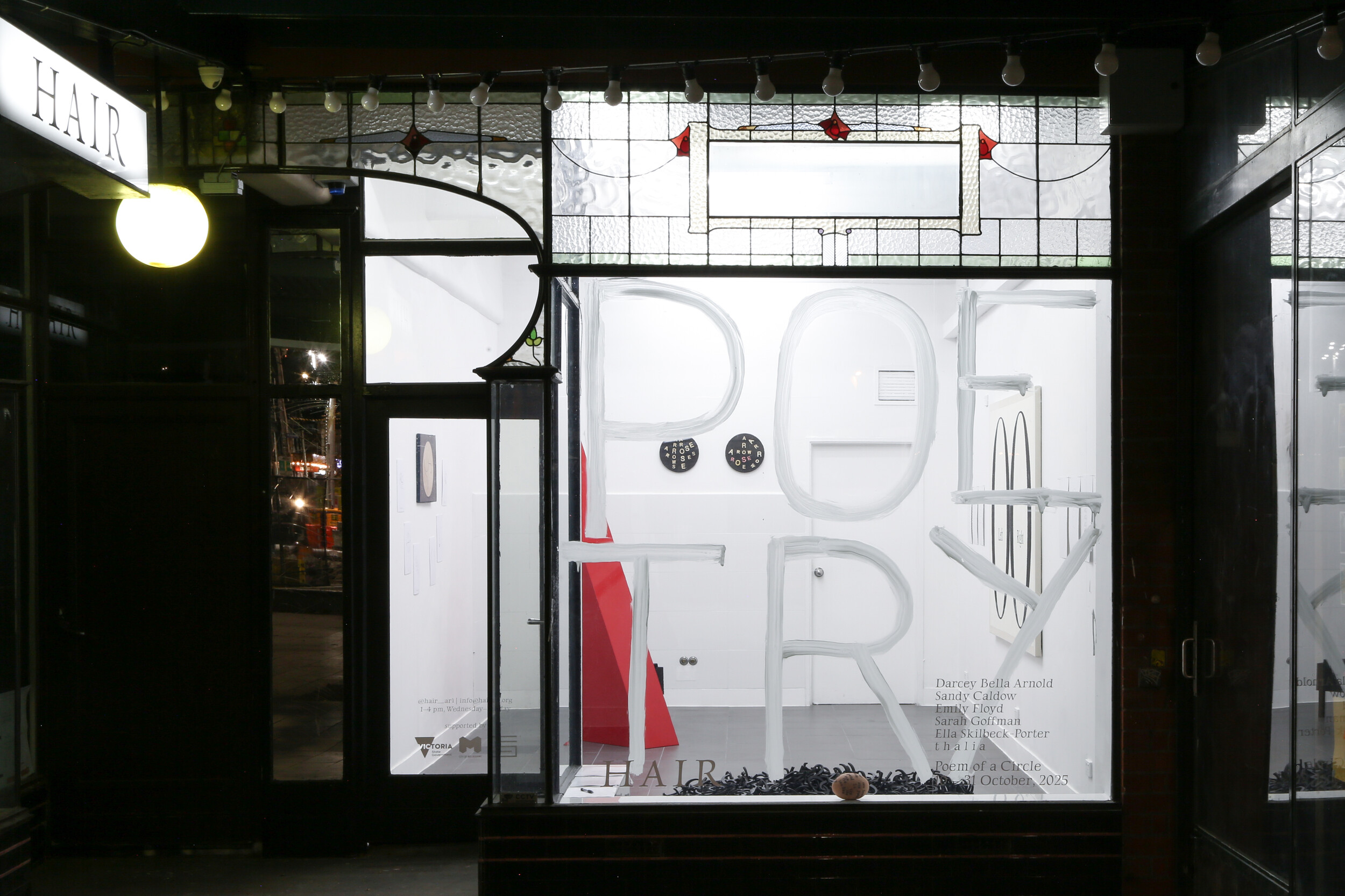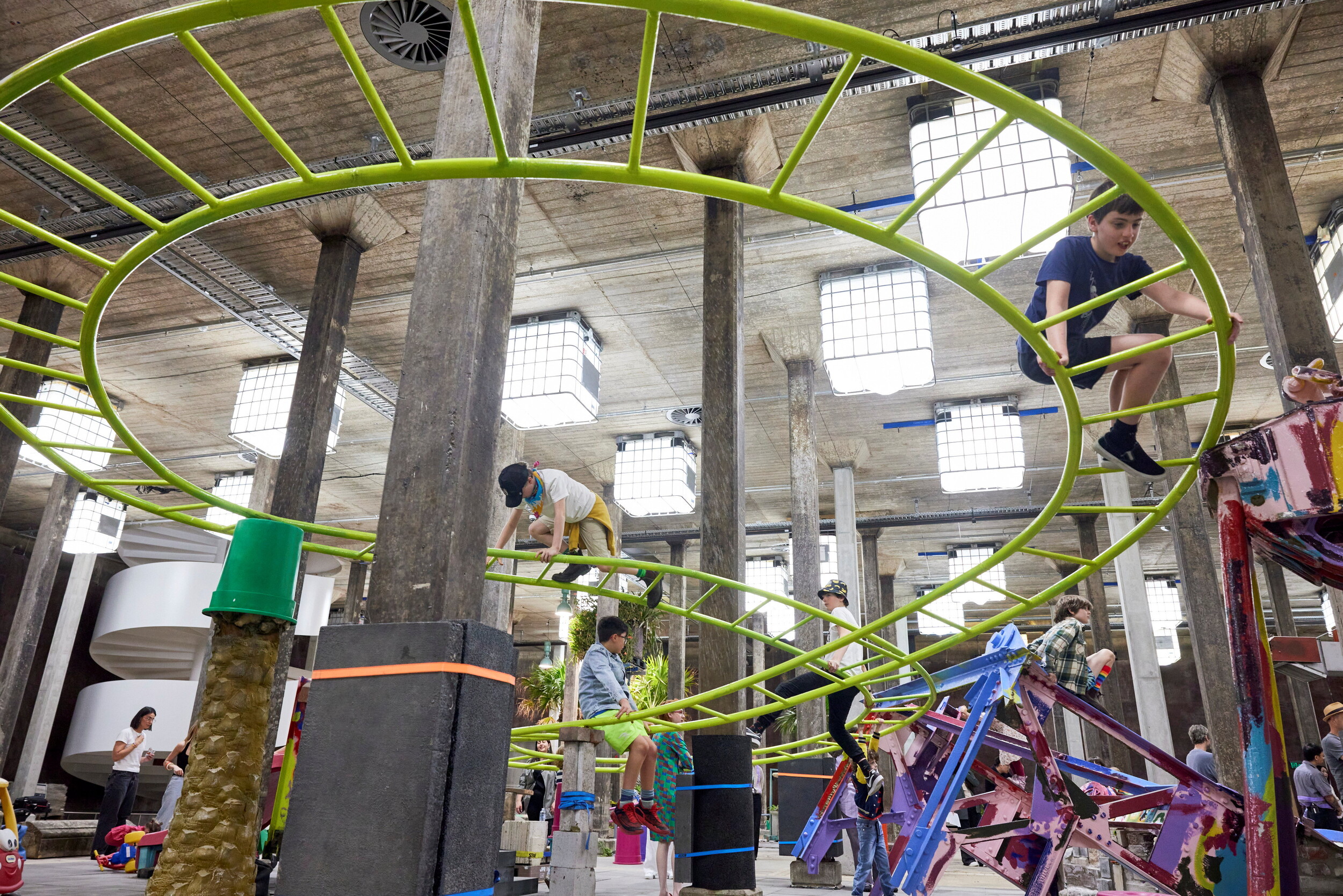Dancing the Music: Philippa Cullen 1950–1975
Emily Kostos
Auroville—an experimental township in Tamil Nadu, Southern India—is known for its French-colonial associations, golden dome, and idealistic vision of divine consciousness and integral living. Twenty-five-year-old Phillipa Cullen, a dancer, choreographer, performance artist, and writer who was prolifically active from 1969, returned to this newly established township in May 1975. She had visited previously in 1972 and 1973 and was back to pursue her interest in the philosopher Sri Aurobindo’s teachings, as well as an unresolved romance. She tragically and unexpectedly passed two months later from medical complications after an emergency surgery, alone yet close to enlightened (her last words were “I am learning”).
At the centre of Cullen’s artistic practice was the use of electronic technologies that allowed performers to produce auditory resonances from their movements. This was a spiritually infused vision combined with a community focus; Cullen performed and taught in several schools and public spaces with the sanctified ethos of joyful expression through dance. Contents from Cullen’s archive—performance documentation, photographs, choreographic scores, instructional notes, articles, notebooks, video footage, and correspondence—are the subject of an exhibition currently on at McClelland Gallery, Dancing the Music: Philippa Cullen 1950–1975. The gallery is a sixteen-hectare site on Bunurong and Boonwurrung land dedicated to sculpture and spatial practice. Cullen spent her childhood in the bayside suburb of Beaumaris, twenty-six kilometres away. The coastal landscape is inhabited by the same tea trees, cushion bushes, and Dianellas that the artist would have been acquainted with. As such, it is fitting that the fragments of Cullen’s ephemeral practice are restaged here.
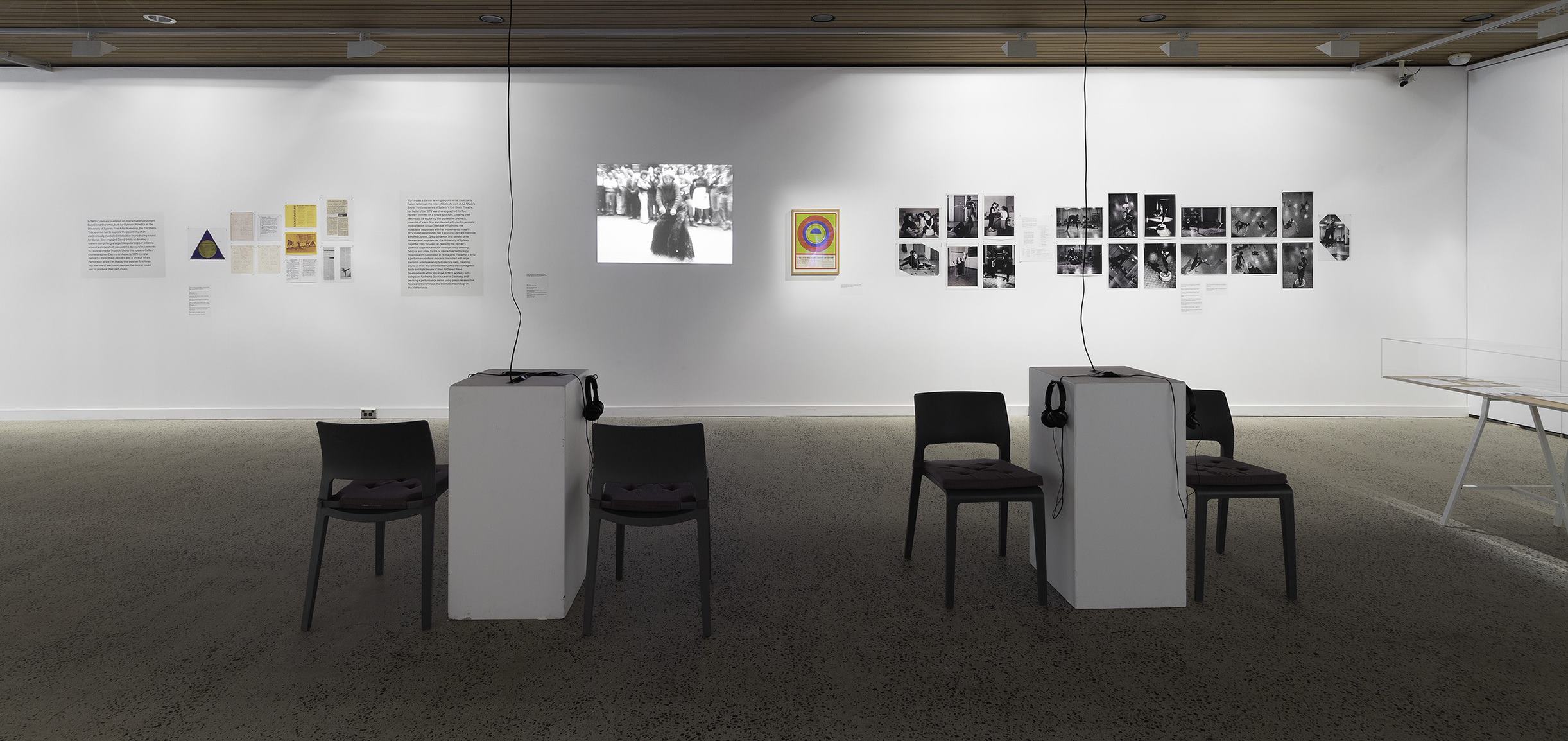
Dancing the Music is curated by Dr Stephen Jones, a video artist, historian, electronic engineer, and friend of Cullen (the ex-Severed Heads band member also developed the first analogue video synthesizers). Jones has steadily documented Cullen’s milieu, both through his writing and curatorial practice, since he first met Cullen in the early 70s (I am told that they met while living in the same squat in inner Sydney). The same archival material—predominately from Jones’s personal collection, which he began acquiring in the years Cullen was active—was included in a 2016 exhibition of the same title at Sydney’s Non-Objective Contemporary Art Projects (SNO). The McClelland exhibition is both a reiteration and expansion, with additional film footage and wall text. In the seven-year gap bookended by these two exhibitions, there has been increasing recognition of Cullen’s practice. Writer and historian Evelyn Juers, also a friend of Cullen’s, published The Dancer, a 592-page biography on Cullen, in 2021 (Juers has noted she was not going to write a short book, given that her friend had a short life). Cullen featured in the National Gallery of Australia’s Know My Name initiative, which included a performative response by contemporary dancer and choreographer Jo Lloyd. Sydney-based artist Diana Baker Smith (who wrote the catalogue text on Cullen for Know My Name) also produced a performance work responding to the artist’s archive. This swell in interest from female-identifying creatives corresponds with institutional action to acknowledge the contribution of women artists and the complex status of both ephemeral art and feminist histories.
Lilian Kristall’s c. 1972 photograph of Cullen hangs in the centre of a wall to the right of the entrance to the gallery—a pearl white-walled room fitted with a wooden planked ceiling. Carefully composed, the image shows sunlight hitting the right of Cullen’s face. There is a slight skew in focus that makes the attractive, open-faced twenty-three-year-old appear angelic, encased in a light-soaked aura. She wears a bohemian beaded necklace; Cullen could easily be a vivacious pin-up for 70s alternative culture. A performance still taken by Jones, the curator, hangs adjacent to the celestial Cullen—another black and white portrait. Cullen appears gently in concentration and, similarly to Kristall’s portrait, slightly out of focus. Arts writer Daniel Mudie Cunningham has likened Cullen to a “mythical Miranda figure whose disappearance … nourishes and sustains the collective settler imagination.” Perhaps Cullen has come to represent a smaller-scale, Sydney backwater Francesca Woodman or Ana Mendieta.
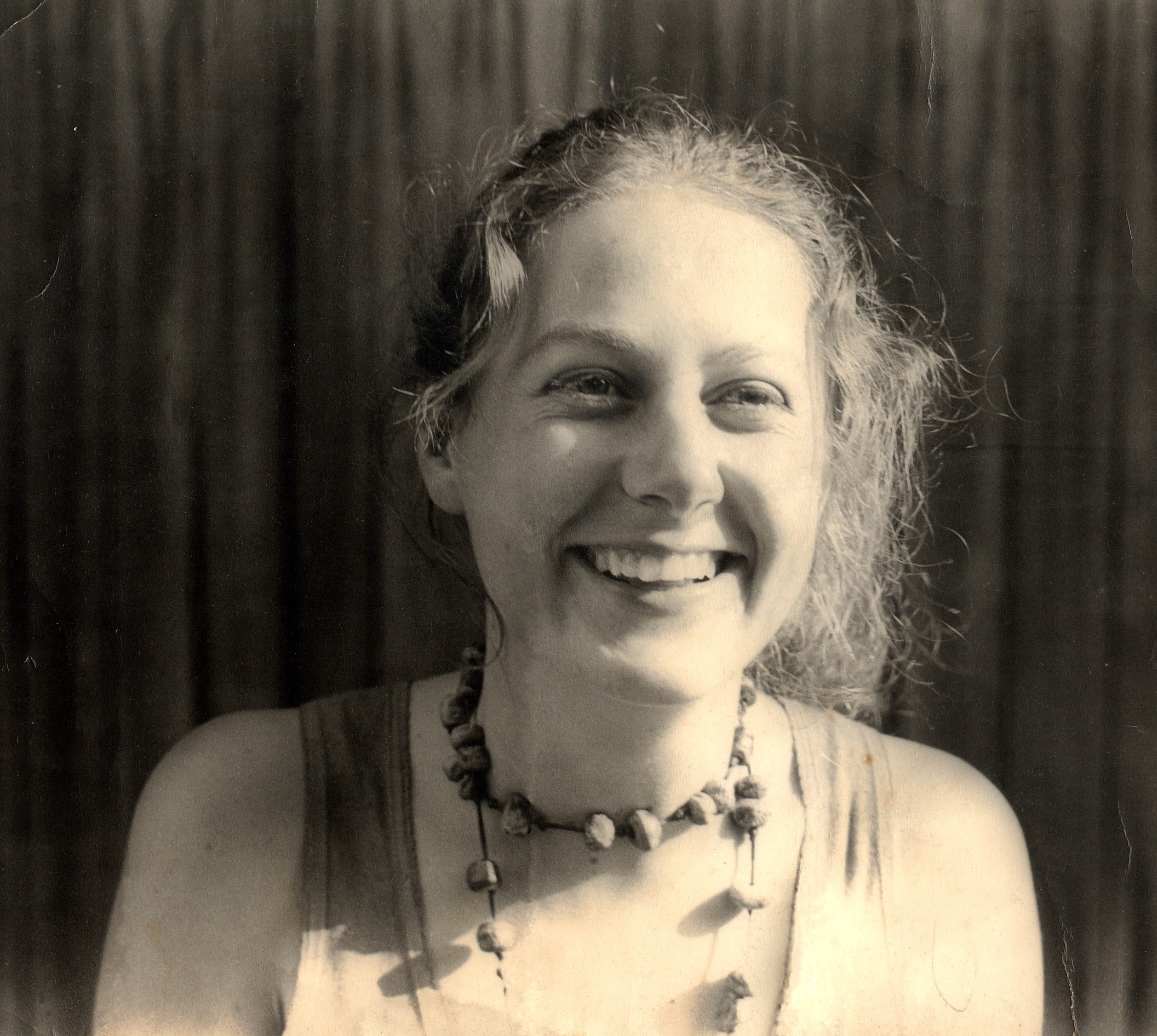
The archival contents are arranged in chronological order. In 1969, the then-nineteen-year-old Cullen first encountered the theremin: an electronic instrument that uses electromagnetic frequency and amplitude without physical contact. Its reverberations bring to mind a Dracula theme song: drawn-out spectral sounds with eerie vibrato. Couched in between two wall texts is a salon hang of Xerox-copied notebook entries, an exhibition flyer, and two scanned newspaper articles from the time, all of varied dimensions. Clear push pins adhere the paper to the wall, evoking a 90s office pin-board vibe. The Xerox copies’ bottom corners gently curl with non-conformity. As copies, they structurally alter the contents they display, creating a self-conscious distance from the material itself. The low-tech install makes the revitalisation of Cullen’s career seem like a labour of love—a divergence from the opulence often associated with colonial archives. The display is a reinforcement of the sombre fate of many female artists who have not received the same recognition as their male counterparts. It’s a particularly salient reality for ephemeral practices such as Cullen’s, where remnants are difficult to reanimate compellingly.
Still, this show makes a commendable effort. Two films are projected on opposite walls, exchanging counter-memories in an endless loop. Electrical cords hang from the gallery’s ceiling down to the plinths, doubling as potential dance apparatus. Slotted to the right of the copied documents is the first film projection of four archival analogue tapes edited by Jones, including documentation from the performance Homage to Theremin II (1972). In 1972, Cullen established her Electronic Dance Ensemble with electronic engineer Phil Connor and composer Greg Sheimer, alongside other performers. Their intermedia experiments culminated in the development of four bespoke theremin antennas that were used in the filmed performance. Two synthesisers and a photoelectric cell were also used, which converted the performers’ movement through light beams into sound. In the documentation, a blurry, sometimes silhouetted Cullen can be made out from the crackly footage. Cullen and several other performers move arrhythmically on and around circular pedestal bases and snake-like wire theremin antennas—their movements controlling the pitch and volume of the theremins’ spook-infused sounds. This is followed by bursts of yelling, pulsating singing, screeching, and body-drumming. The traces of low-res, fragmentary footage allow us to envision Australia’s emerging intermedia culture of the 1970s. Cullen’s pioneering practice sits alongside the work of other leading Australian figures, such as choreographer, dancer, and filmmaker Sue Healy. Broader links can be made with New York based artists of the time—Simone Forti, Yvonne Rainer, Elaine Summer and Merce Cunningham.
The grainy footage also raises questions about the recirculation of ephemeral practices in gallery contexts. Due to technological limitations, typical documentation of 1970s feminist performance art took the form of film reels stored away in damp garages, then long-forgotten. In the case of Cullen, a narrative of her practice has been reconstructed from hazy footage, carefully composed photographs and performance stills that are unavoidably rife with romanticisation. One methodology for representing immaterial practices within the field of contemporary art might be gleaned from On View: Thinking Bodies, Dancing Minds, a 2018 exhibition at Margaret Lawrence Gallery. Curated by the aforementioned Sue Healey, Australian dance artists were represented through filmed dance portraits (with exquisite lighting and cinematography) that examined the disparate ways in which dancers think through their bodies. Ghostly recalibration is replaced with self-determined presence and transmission.
The office-Xerox push-pin salon display continues throughout the exhibition space. A4 photographic stills from the Homage to Theremin II performance taken by Cullen’s peers stand out. The stills capture Cullen amongst fellow performers interacting with large theremin antennae and photoelectric cells. In one of Lilian Kristall’s photographs, Cullen is in a concentrated pose, seated on the floor with both legs outstretched in a quasi-bicycle motion beside a worming theremin antennae. The carefully composed stills make it tempting to indulge in a subtle fetishisation of Cullen as the independent and enigmatic white-woman spiritual seeker. Others have seen this too. For example, the writer Daniel Mudie Cunningham has likened Cullen to the fictitious performance artist Barbara Cleveland. Cleveland, who apparently disappeared under mysterious circumstances in 1981, is the work of a collective including Diane Baker Smith. This satire is fitting, although any caricature of Cullen cannot be separated from the originality of her practice—a zany blend of movement, Eastern spirituality, and electronic technology.
At the back of the gallery, choreographic instruction from Electronic Aspects (1970)—a ballet originally choreographed by Cullen for nine dancers—is dictated to viewers via vinyl adhesive wall-text. Directions such as “find movements of small width” provoke engagement with an unassuming antenna and horizontal wire positioned on a nearby plinth. There was ambiguity as to whether this was a participatory object, given the small scale of the antenna compared to those featured in photographs throughout the exhibition (and the size of the much larger wall text). I try it out. Spectral sounds swell from the theremin as my frosty, glove-covered hand trepidatiously glides up and down in a conducting motion. A well-dressed older visitor in boiled wool shrieks, unaware that the object was, in fact, interactive. The clinking of glasses from the nearby cafe and feet shuffling on the gallery floor add a quasi-metronomic meter to the eerie sound. Cullen’s practice is re-animated in a vital way by this interaction, which carries sound through the space.
The second last group of photographs on the right wall are coloured film stills of Cullen and others performing on her pressure-sensitive floors, which Cullen fittingly named “body instruments.” Cullen had these custom manufactured when on an Australian Council for the Arts-funded trip to Europe. The devices were subsequently re-made in Australia by Adam Spring. In March 1975, Cullen was invited to perform at the Computers and Electronics in the Arts exhibition that took place at Australia 75, a festival of creative arts and sciences. I am told this is the last time Jones saw Cullen. The performers are wearing white medieval-esque garb (which prompts me to recall Daniel Mudie Cunningham’s likening of Cullen to a “mythical Miranda figure”), appearing otherworldly with a neon bank of video feedback surrounding them. It is as though they have been transplanted from some planetary cosmos. In the last film still, the shutter speed blurs the dancers’ movement, distorting them so that they appear as a tangled blur of fluorescent light—an ascendent dance towards the Elysian plain. The photograph is followed by wall text describing Cullen’s sudden passing.
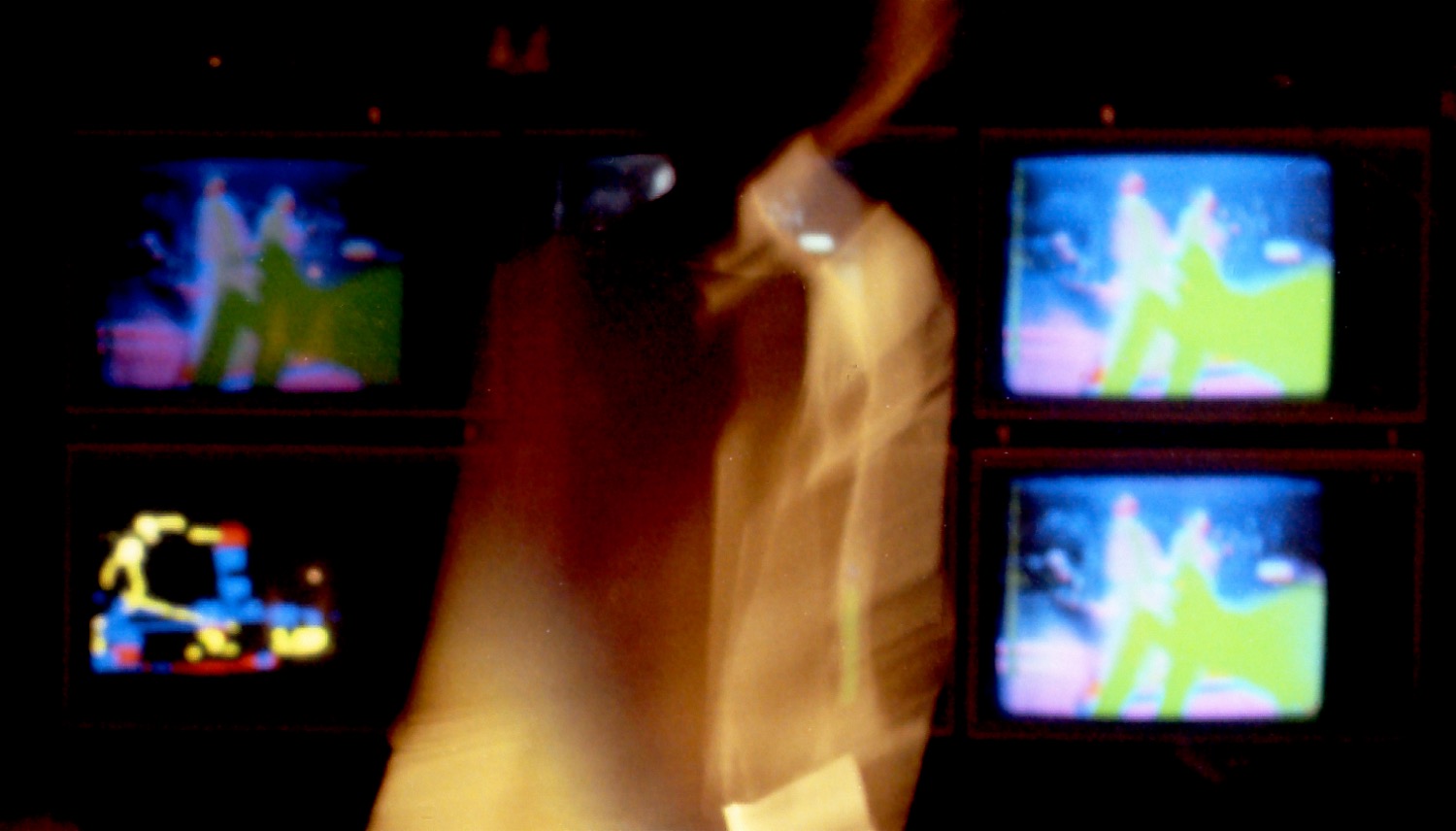
Lloyd reflects that it is impossible to separate Cullen’s influence from the ambiguous tragedy surrounding her death; the achievements of her practice are forever intertwined with romantic grandeur. Approaching Cullen’s milieu through a feminist lens raises questions about how we access and engage performative works via their archival traces. I left McClelland feeling intrigued by Cullen’s fascinating story and moved by her peers’ efforts to revitalize her practice. Cullen’s innovative yet eccentric spiritually-infused electronic dance experiments make her an important predecessor for contemporary Australian performance artists such as Amrita Hepi, Stacey Collee, Kirby Casilli, and Indiana Coole (Coole first told me about Cullen in 2021). Exiting the gallery to the outdoor sculptural park, I think of Cullen’s words—“the curious correspondence between the rhythms of the body and the rhythms of nature”—as I brush past candlestick banksias and spindly gums with a springy gait. The echo of Cullen’s voice from the hazy archival footage remains.
Emily Kostos is an artist and musician based in Naarm/Melbourne.
This review was made possible thanks to the generous support of Meridian Sculpture.

